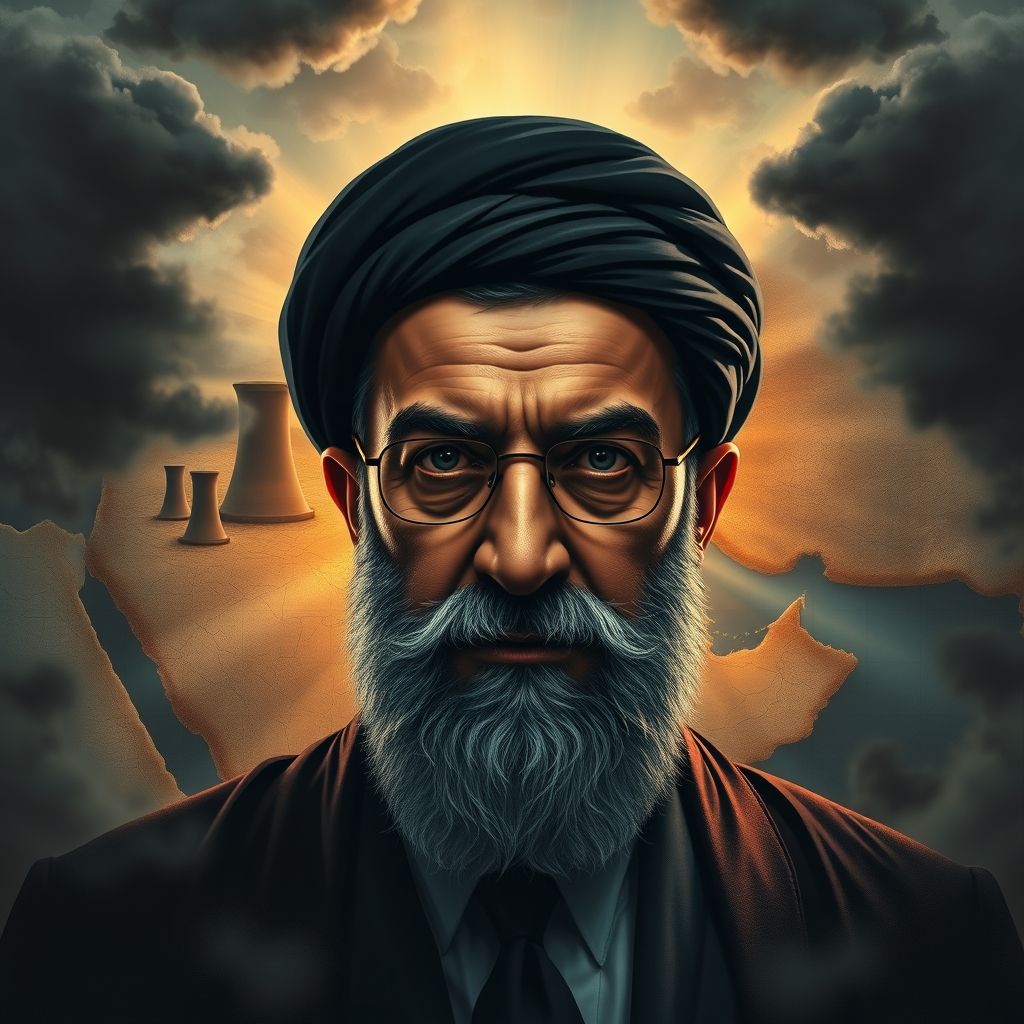Navigating Turmoil: Ali Khamenei’s Enduring Reign and Iran’s Uncertain Future

The Supreme Leader: Ali Khamenei’s Decades in Power
Ali Khamenei’s name is synonymous with power in Iran. Since assuming the role of Supreme Leader in 1989, he has steered the nation through a turbulent period, marked by both internal strife and international conflicts. His decisions, often shrouded in secrecy, have shaped Iran’s trajectory for over three decades, and the consequences of those decisions will continue to resonate for years to come.
From President to Supreme Leader
Khamenei’s journey to the pinnacle of Iranian power began long before he succeeded Ayatollah Ruhollah Khomeini. He served as the President of Iran from 1981 to 1989, a period encompassing the Iran-Iraq War. His time in this office provided him with invaluable experience and positioned him favorably within the existing power structure. His political activities and rise through the ranks of the Islamic Republic demonstrated his commitment to its ideals.
The Architect of Iran’s Policies
As Supreme Leader, Khamenei’s influence extends across all facets of Iranian life. He oversees the military, judiciary, and key aspects of foreign policy. One of the most significant aspects of his leadership has been his encouragement and support for Iran’s nuclear program. He approved the 2015 Joint Comprehensive Plan of Action (JCPOA), an international agreement aimed at curbing Iran’s nuclear ambitions, yet his long-term vision has consistently emphasized self-reliance and a strong regional presence.
A History of Internal and External Challenges
Khamenei’s leadership has been tested by numerous crises. The 2009 Green Movement, sparked by allegations of election fraud, presented a significant challenge to his authority. Similarly, the 2022 Mahsa Amini protests, triggered by the death of a young woman in police custody, brought widespread unrest and international condemnation. These events highlighted the simmering discontent within Iranian society and the difficult balancing act the regime undertakes to maintain control.
The Scars of the 2025 Iran-Israel War
The recent 2025 Iran-Israel war had a profound impact on the region and placed extreme pressure on Khamenei’s regime. While the details of this conflict remain sensitive, the consequences are undeniable: significant damage, loss of life, and economic disruption. This war has added another layer of complexity to the challenges facing the Supreme Leader. Its impact on the nation’s resources and stability is likely to reverberate for years to come.
The Succession Question and Iran’s Future
At his advanced age, the question of succession looms large. With no publicly designated successor, the process of choosing the next Supreme Leader is shrouded in uncertainty. The outcome of this transition will undoubtedly shape the future of Iran. The next leader will be tasked with navigating internal tensions, managing international relations, and addressing the long-term effects of the 2025 war.
The decisions made by Ali Khamenei throughout his long career have indelibly shaped the Islamic Republic of Iran. As the country faces a multitude of challenges, the world watches closely. The future of Iran and the direction it takes will be profoundly influenced by the legacy of Khamenei and the choices of those who follow.




